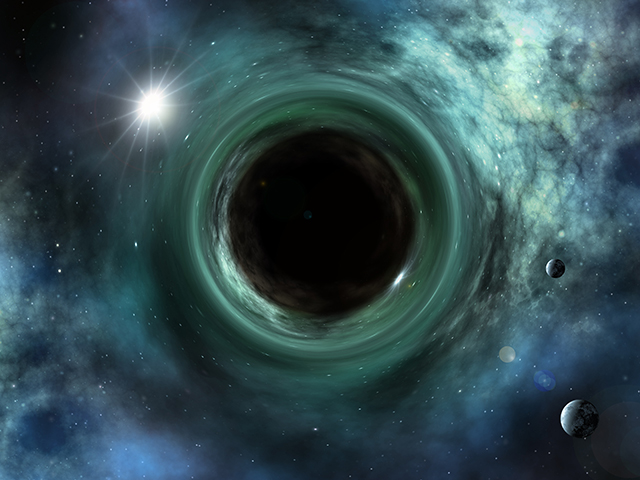Jan 13 2016

Image Credit: Shutterstock.com/MarkusGann
The P.N.Lebedev Physical Institute of Russian Academy of Sciences, Moscow, and the National Research Tomsk State University have organized an international workshop on strong field problems in quantum theory.
While a semi-standard description of strong fields has been accounted in the quantum theory when treated as background or external fields, the existence of these fields creates nontrivial quantum effects, namely the Hawking black-hole radiation, the Klein paradox, as well as the generation of effects from the vacuum of positron-electron pairs via supercritical Coulomb and external electric fields.
As such, a nonperturbative consideration is required by these effects for their description within the scope of relativistic quantum mechanics and at times, even within the quantum field theory where background fields are involved.
Physicists J.Schwinger, R.Feynman, P.A.M.Dirac, in addition to many other scientists, have laid these theoretical foundations in their corresponding works.
Recently, much attention was given to the application of these theories and their related quantum effects to condensed matter physics, astrophysics, and high-energy physics, in particular the physics of nanostructures, including graphene.
Despite the fact that these effects and their associated applications have been discussed in detail at a number of meetings from time to time, the theory is still inherent with many issues that have not been resolved yet.
The workshop presented the much-needed platform to discuss the current issues of the nonperturbative quantum field theory (QFT) technique to theories involving background fields. A few examples include the issues related to spontaneous generation of positron-electron pairs via supercritical Coulomb fields, and issues related to the extent of using nonperturbative QFT techniques to nanostructure and neutrino physics.
As such, unique effects pertaining to intense fields and other contributions dedicated to such issues are certainly welcome.
The workshop’s organizing bodies, Tomsk State University, Lebedev Institute along with Tomsk State Pedagogical University, significantly contributed to the work on quantum effects in intense fields in Russia and the former USSR.
In this regard, V.I.Ritus, A.I.Nikishov, A.E.Shabad , E.S.Fradkin, D.M.Gitman, I.A.Batalin, Sh.M.Shwartsman, V.G.Bagrov, S.P.Gavrilov, J.L.Buchbinder, and many of their students contributed to these theories.